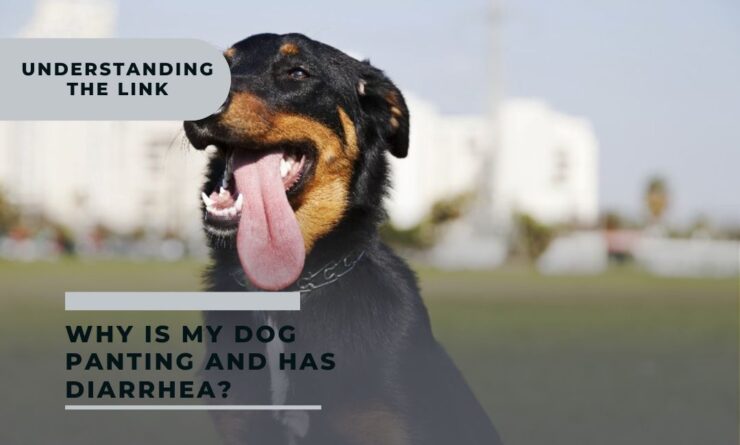1. Introduction

As the summer heat intensifies, you may have noticed your furry companion panting more frequently. Panting is a natural cooling mechanism for dogs, allowing them to regulate their body temperature during hot weather. But have you ever wondered why dogs pant and if other animals employ similar techniques? In this article, we will explore the natural cooling mechanisms of various animals, with a primary focus on dogs. By understanding how different species cool themselves, we can gain a deeper appreciation for the diverse ways animals adapt to beat the heat.
2. The Science Behind Dog Panting
The Role of Convection in Cooling
When dogs pant, they utilize a process called convection to cool themselves down. Convection involves the evaporation of water from the surface, which removes heat in the process. It’s similar to the sensation you experience when you step out of a shower and feel a chill as the water evaporates from your skin. Dogs pant by rapidly exhaling and inhaling, allowing moisture from their respiratory tract to evaporate, thereby cooling their bodies.
Sweat Glands in Dogs
While dogs primarily rely on panting to cool down, they do possess sweat glands. However, these sweat glands are not as prominent as in humans. Dogs have sweat glands in their paw pads, which serve a different purpose than temperature regulation. These glands provide traction and help determine the amount of friction between their paws and surfaces. So, while dogs do sweat, it doesn’t play a significant role in cooling them off.

3. Excitement
Dogs may also engage in panting when they experience excitement. Panting serves as a typical behavioral reaction to exciting events, such as encountering new individuals or receiving a treat. This form of panting tends to be swift and superficial, often accompanied by whining.
4. Stress
Dogs often pant and whine when stressed, much like when they’re excited. Pay attention to their body language, such as wide, wary eyes or yawning, as these are common indicators of stress. Evaluate the situation and take steps to ease your dog’s discomfort and prevent further stress.
5.Pain
It’s crucial to understand that dog panting can be a sign of nausea, discomfort, or pain. To determine if your dog is panting due to pain, your veterinarian can perform a comprehensive examination and may recommend diagnostic tests.
Medicine
Some medications, particularly prednisone or other steroids, can lead to heightened panting in dogs, even in the absence of heat, excitement, or stress. This is a common side effect, so if your dog’s panting becomes excessive, it’s advisable to consult your veterinarian.
6. Heat & Heatstroke

Panting is a natural behavior observed in happy and active dogs. Unlike humans, dogs can’t sweat, so panting serves as their primary means of regulating body temperature.
Panting enables a dog to quickly inhale, moisten, and then exhale air, promoting the evaporation of moisture from their nose and lungs. This internal cooling mechanism helps lower their body temperature.
During panting, dogs can lose a significant amount of water in a short time, making it essential to ensure your dog has access to ample fresh water on hot days.
Normal panting can be quite vigorous, but the intensity should correspond to the ambient temperature or the level of activity your dog is engaged in.
Overheating or heatstroke can lead to excessive panting in dogs, potentially resulting in dehydration and even death if left untreated. Immediate veterinary attention is necessary when dealing with heatstroke.
Dogs suffering from overheating will pant heavily and exhibit signs of discomfort. They may appear restless, lie down flat, or become unresponsive as their focus shifts towards cooling down.
7. Conclusion
In the animal kingdom, different species have developed remarkable cooling mechanisms to beat the heat. Dogs rely on panting, while cats utilize a combination of panting and limited sweating. Horses employ both panting and a specialized sweat secretion. Desert lizards practice behavioral thermoregulation, and butterflies cool themselves through shade-seeking and convection. Insects have high thermal tolerance but can still overheat under extreme conditions. Finally, humans have evolved a complex sweating system that allows us to tolerate radiant heat and engage in endurance activities. By understanding these natural cooling mechanisms, we can appreciate the incredible adaptability of animals and gain insights into our evolutionary history.
